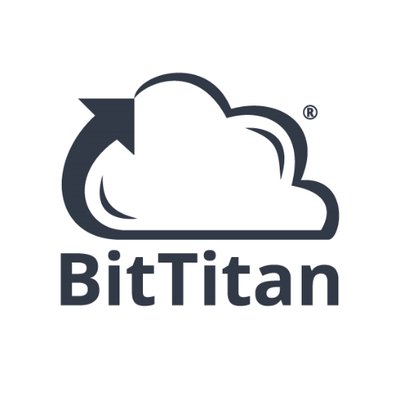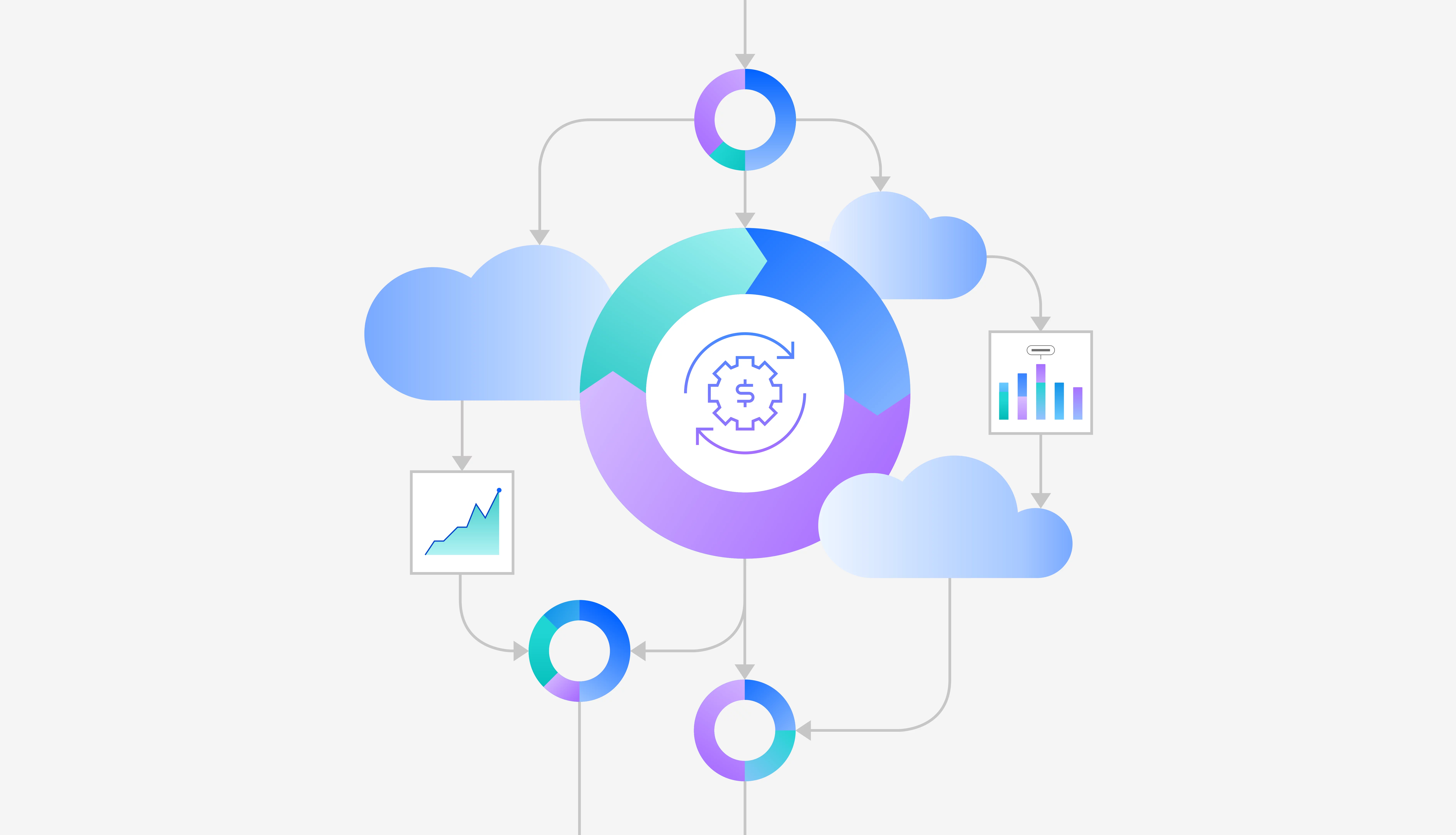When it comes to FinOps, the data is of the upmost importance. Data is the key to understanding your cloud cost and usage patterns, and pivotal to making smart decisions about your cloud strategy and operations. This is why Microsoft is proud to be a founding member of the FinOps Open Cost and Usage Specification (FOCUS) project and why we’re excited to add support in Cost Management after FOCUS 1.0 is available later this year. In the meantime, start preparing for FOCUS by familiarizing yourself with the current specification, joining the FOCUS community, and providing feedback on your use cases and needs.
What is FOCUS? FOCUS is a groundbreaking initiative to define a common format for billing data that empowers organizations to better understand cost and usage patterns and optimize spending and performance across multiple cloud, SaaS, and even on-premises service offerings. FOCUS will provide organizations with a consistent, clear, and accessible view of their cost data explicitly designed for FinOps needs such as allocation, analytics, monitoring, and optimization. As the new “language” of FinOps, FOCUS will enable practitioners to collaborate more efficiently and effectively with peers throughout the organization and even maximize transferability and onboarding for new team members, getting people up and running quicker. Paired with the FinOps Framework, practitioners will be armed with the tools needed to build a streamlined FinOps practice that maximizes the value of the cloud.
Why organizations need FOCUS The variety and flexibility of Microsoft cloud services allows you to build amazing things while only paying for what you need, when you need it. And with this flexibility comes varying operational models where services are billed and can be tuned differently based on a variety of factors. When services are billed differently, their cost and usage data tends to differ as well, making it challenging to allocate, analyze, monitor, and optimize consistently. Of course, this goes beyond just Microsoft’s cloud services. Organizations often rely on software as a service (SaaS) products, licensed software, on-premises infrastructure, or even other clouds, exacerbating the problem with each provider sharing data in proprietary formats. FOCUS solves this problem by establishing a provider and service agnostic data specification that addresses some of the biggest challenges organizations face in managing the value of their cloud investments—understanding and quantifying the business value of their spending. FOCUS will enable organizations to spend more time driving value and less struggling to understand data caused by inconsistencies between and unfamiliarity with different services and providers.
“At Walmart, we spend a lot of our time not only normalizing data across different clouds, but we’re also constantly reacting to changing SKUs and services in areas like Storage, Compute, and AI/ML. One of the most significant outcomes of FOCUS isn’t just that we’re aiming to simplify and standardize on a common specification, it’s the conversations that are starting on best practices – How should we all think about amortization for committed and reserved instances? What are our standard values for service categories? It’s much more than just a conversation about a few fields. It’s a discussion that will help define best practices and standards for a cloud computing market that continues to expand into new areas like SaaS, IoT, and Gen AI. We’re discussing standards today that will be the foundation of how we talk about cost decades from now. It’s exciting.“—Tim O’Brien, Senior Director of Engineering, Cloud Cost Management at Walmart Global Tech.
Why Microsoft believes in FOCUS But why would Microsoft want to join other cloud providers and SaaS vendors to promote a common billing data specification? Because consistent cloud billing promotes the innovation and experimentation that Azure is built to provide. Building and optimizing applications in Azure in an iterative way using modern architectures is easier when you clearly understand how you’re billed and can weigh cost equally amongst other business priorities in building those systems. Better collaboration between business, technical, and finance teams will make your organization more productive overall, which maps back to our core mission to empower every person and every organization on the planet to achieve more.
“At FinOps X 2022, when Udam Dewaraja first introduced the idea of the FinOps community and service providers joining forces to establish an open billing data specification, I was hooked but also somewhat skeptical about whether major cloud providers would be willing to engage and adopt this upcoming specification (and natively support the new dimensions and metrics). However, during the very first FOCUS meeting, Microsoft’s Cost Management team proved me wrong, and my skepticism quickly faded away!”—Irena Jurica, Solution Architect at CloudVane, Neos.
Widespread adoption of FOCUS will make allocating, analyzing, monitoring, and optimizing costs across providers as easy as using a single provider, enabling you to do more with less. FinOps skills become more portable than ever, and practitioners, vendors, and consultants will become more efficient and effective when moving to an organization that uses different clouds or SaaS products. Without having to spend time learning proprietary data formats, organizations can focus on value-added FinOps capabilities that help deliver real value. Our adoption of FOCUS removes a barrier to cloud adoption and helps organizations make better data-driven decisions about their cloud use that translates to business value on top of the Microsoft cloud.
Getting started with FOCUS The FOCUS 0.5 release was announced in June 2023 and introduced a standardized way to describe fundamental concepts which apply to any provider. Resources are identified by a ResourceId and ResourceName and organized into their respective ServiceName and ServiceCategory. ServiceCategory enables you to organize your costs into a top-level set of categories consistent across cloud providers, which makes it especially interesting. You can also see additional details, like the Region a resource was deployed to, the PublisherName of the company who developed the service, and the ProviderName of the cloud where the service was used. All charges include a ChargeType to describe what kind of charge it is (such as usage or purchase), the ChargePeriodStart and ChargePeriodEnd dates the charge applied to, and the applicable BilledCost and AmortizedCost amounts. This is one big deviation from the current Cost Management experiences: instead of pulling cost from separate actual (billed) and amortized cost datasets, with FOCUS, you can query all your data at once, which should speed up processing times and reduce storage size for anyone currently exporting both datasets. All charges have BillingPeriodStart and BillingPeriodEnd dates, a BillingAccountId and BillingAccountName that links to the scope at which your invoices are generated, a SubAccountId and SubAccountName that indicates the lower-level subscription account where resources are managed, and an InvoiceIssuerName that indicates what organization you receive invoices from (such as Microsoft or a Microsoft partner). For anyone using Microsoft Customer Agreement, you may notice that the BillingAccountId is linked to your billing profile, since that’s where the invoice is generated. This will be an important distinction for Microsoft Cloud customers, given the different terminology. Similarly, SubAccountId is linked to your subscription, which will be a new cross-cloud term to familiarize yourself with for cost allocation and chargeback needs. Of course, reading about FOCUS isn’t as good as working with the data. If you’d like to give FOCUS a test run, you can download a FOCUS sample Power BI report as part of the FinOps toolkit, an open source collection of reusable solutions to help you jump start your FinOps efforts. You can also connect this report to your own data through the Cost Management connector for Power BI or by deploying a FinOps hub data pipeline. For those interested in the data, you can also explore a small sample dataset along with a few other open datasets that can be used as part of your own data ingestion and cleanup efforts. For details, see the FinOps toolkit open data documentation. And lastly, if you’re interested in converting your own data in FOCUS, you can also leverage either the Invoke-FinOpsSchemaTransform or ConvertTo-FinOpsSchema command from the FinOps toolkit PowerShell module. These commands allow you to convert small datasets to FOCUS using a familiar command line interface. Looking forward to FOCUS 1.0 But this was only the beginning. We’re incredibly excited to be a part of the FinOps community and help lead the way forward as FOCUS nears the 1.0 milestone. The FOCUS 1.0 specification is being driven forward by squads of project members, working backwards from the perspective of FinOps practitioners’ use…
Source link






















